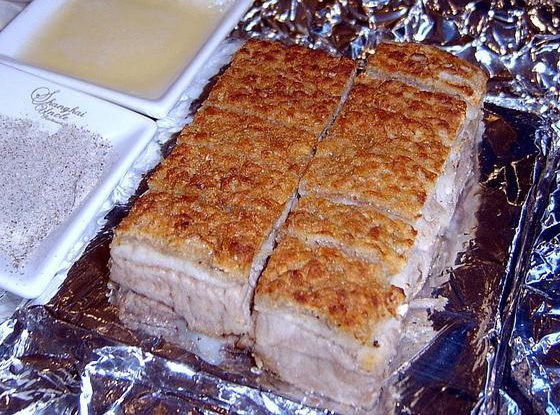Introduction
Cooking meat is a time-honored tradition that brings families and friends together around the dinner table. As cooking methods evolve, questions often arise regarding the safety of various techniques and materials. One such query revolves around the use of aluminum foil for cooking meat. In this article, we delve into the safety considerations of cooking meat in aluminum foil, debunking myths and providing insights into best practices.

Understanding Aluminum Foil
Aluminum foil, a thin sheet of aluminum, has long been a staple in kitchens worldwide due to its versatility and convenience. Its ability to withstand high temperatures makes it a popular choice for wrapping, storing, and cooking food. However, concerns have been raised about the potential health risks associated with cooking meat in aluminum foil, prompting a closer examination of its safety.
Dispelling Myths
Myth: Cooking meat in aluminum foil exposes individuals to harmful levels of aluminum.
Fact: While aluminum foil can transfer small amounts of aluminum to food, numerous studies have shown that this transfer is minimal and unlikely to pose health risks. The World Health Organization (WHO) states that the intake of aluminum from food contact materials, including aluminum foil, is generally considered safe.
Myth: Cooking acidic foods, such as tomatoes or citrus-marinated meats, in aluminum foil can lead to harmful chemical reactions.
Fact: Aluminum foil is safe for cooking a wide range of foods, including acidic ingredients. While aluminum can react with acidic foods under certain conditions, the amount of aluminum transferred to the food is negligible and well below safety thresholds.
Best Practices for Cooking Meat in Aluminum Foil
1. Use Heavy-Duty Foil: Opt for heavy-duty aluminum foil, especially when cooking meats that require longer cooking times or higher temperatures. Heavy-duty foil offers better durability and heat resistance, reducing the risk of tearing or puncturing during cooking.
2. Avoid Excessive Folding: Minimize the amount of folding and crimping when wrapping meat in aluminum foil to prevent punctures or tears that could expose the food to direct heat.
3. Maintain Proper Temperature: Ensure that the meat reaches the appropriate internal temperature for safe consumption. Use a meat thermometer to verify that the meat is cooked to the recommended temperature, regardless of the cooking method used.
4. Practice Good Hygiene: Follow proper food handling and hygiene practices to minimize the risk of foodborne illness. Thoroughly clean utensils, surfaces, and hands before and after handling raw meat to prevent cross-contamination.

Conclusion
Cooking meat in aluminum foil is a safe and convenient method that has been embraced by home cooks and professional chefs alike. By dispelling common myths and adhering to best practices, individuals can enjoy deliciously cooked meat with peace of mind. As with any cooking method, proper food handling, temperature control, and hygiene remain paramount to ensure the safety and enjoyment of meals shared with loved ones.


